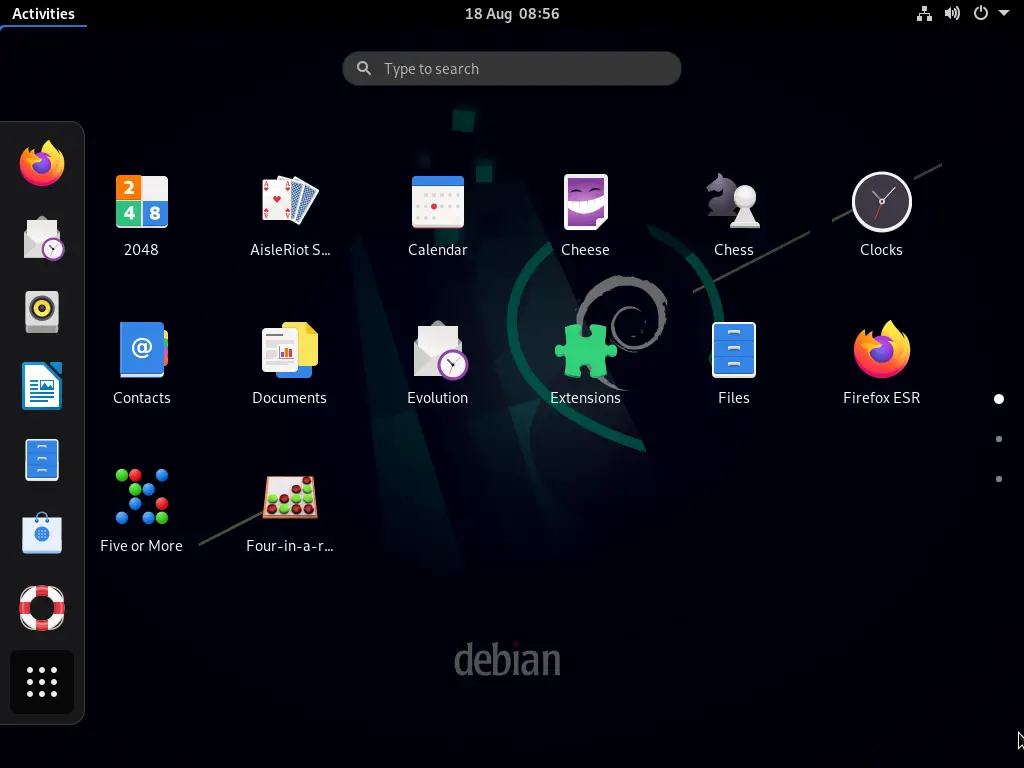


If you don't know it already, X-Window System in Linux takes care of things like the hardware settings such as the monitor (refresh rate & resolution), keyboard, and mouse, so the graphical application just "communicate" with the X-Window System and tell it want it want to do. In Linux (and also UNIX, FreeBSD etc) the GUI runs on the top of the text-based system, the GUI is call the X-Window System or X. So, it is down to mostly individual and organisational preference. In a reasonably fast and modern PC, this wouldn't be a factor and you can run all the GUIs you want without breaking sweat. There are several advantages of running a text-based system in Linux, for example if you run a server it save PC resources that would otherwise be wasted running a GUI system, or if you run a really old and/or slow PC like I, a GUI-based system hog resources. In Linux, almost everything is text-based as opposed to graphical-user-interfaces (GUIs) for example in MS Windows. Some background on X-Window System, window manager & desktop environment: This will be mainly about (1)making your window manager or desktop environment the default system on login, and (2) running multiple X sessions. So if you like to start your X window manager or desktop by typing 'startx' (or via XDM) there are a few things to make it easier for you. This is a generalised documentation on the X-Window System installed in your Debian distribution and is aimed toward mainly those who are just getting around the Debian installed X-Window System from the non-graphical command line style, or from a login manager, XDM and for those who tired of 'googling' for info. Something that I have kept in my documentation section with some edited updates: O'Reilley Open Book on-line: Learning Debian GNU/Linux By Bill McCarty, Chp 6. Edit () - See Addendum under X-Window System


 0 kommentar(er)
0 kommentar(er)
